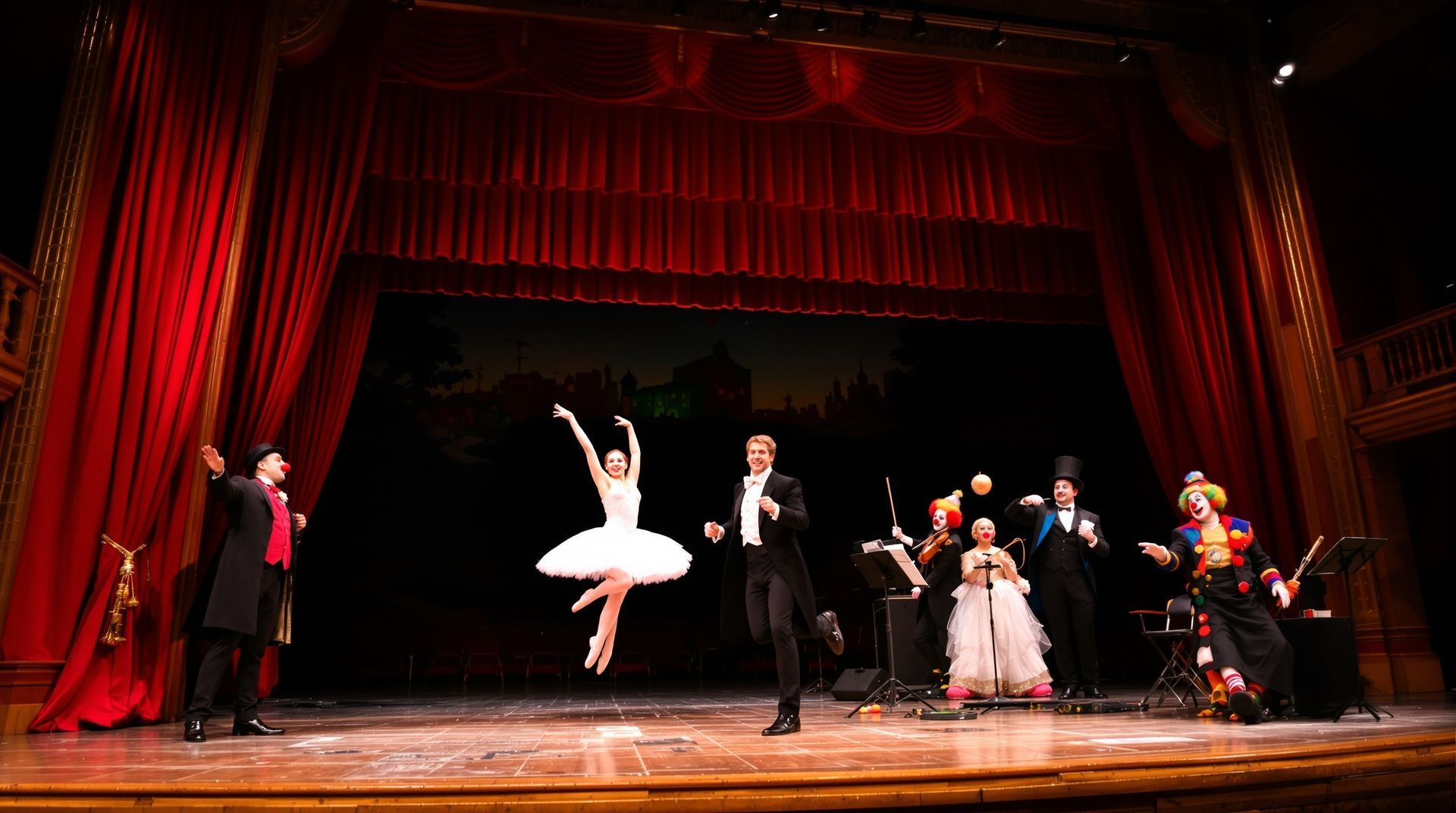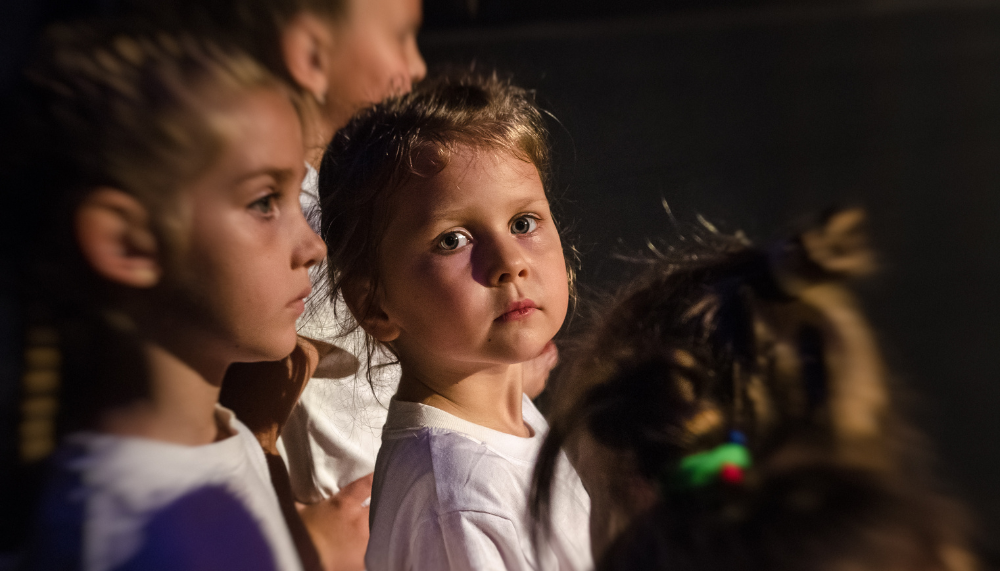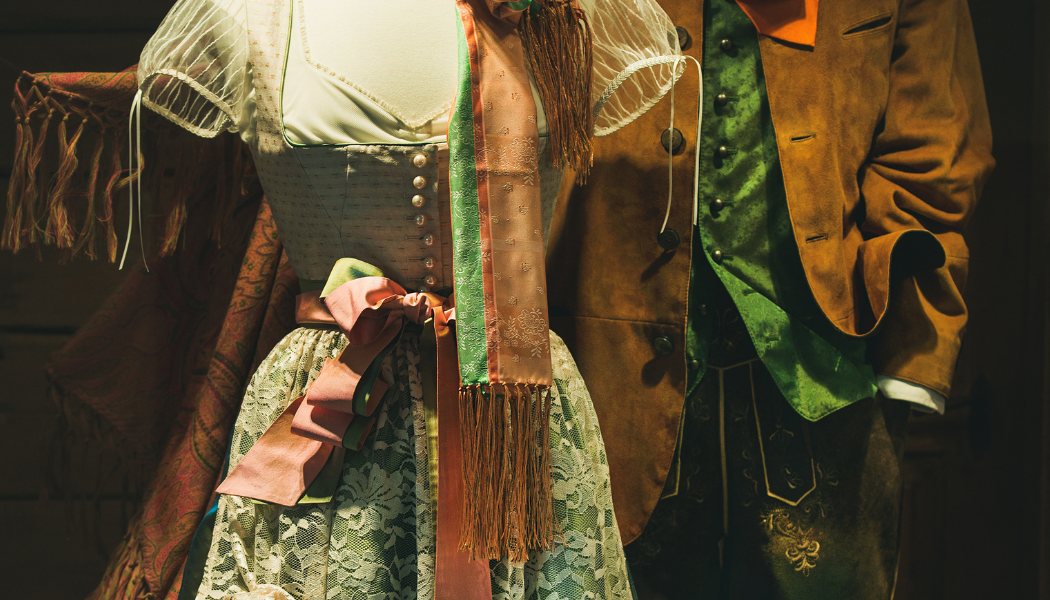How was theater born?
Where does theater come from?
It is a living art that is rooted in the culture of ancient Greece and appeared as early as the 5th/6th century BC.
The etymology of the word “theater”
The etymology of the word “ theater ” comes from the word
“theatron” which means “to contemplate”, or directly designates the place of the show.
A Greek origin
Originating from Ancient Greece and more precisely from Athens, theater is first and foremost
a religious celebration dedicated to Dionysus , the God of wine, intoxication, the arts and partying. During this celebration, various songs, called “dithyrambs” and dances were performed to the glory of the Greek gods and heroes.
These ceremonies took place around the numerous temples present in Athens and subsequently in open-air buildings. Indeed, the spectators took their places on stone stands and thus benefited from an ideal point of view from which to contemplate the spectacle.
How is a play composed?
Ancient plays share the same structure consisting of a Prologue, allowing the introduction of elements to be known before being immersed in the story. Subsequently, the choir is introduced into the orchestra and then makes it possible to perpetuate the lyrical dimension which is at the very origin of theater.
Then
the play takes place in several acts , generally five, divided into several scenes which are marked by the songs of the choir, thus adding comments and a dramatic or comic dimension.
The piece ends with the “exodos”, the last part where the chorus closes the piece.
The evolution of the show throughout history

Theater has a long history, over the centuries, its evolution continues to adapt to society.
The number of actors
Over time, the theater genre evolved and gave way to actors instead of devotees.
First a single protagonist then subsequently several artists, introduced by Sophocles and Aeschylus . Singing was a central element of a performance, particularly thanks to the choir which made it possible to comment on the actions in a collective way while retaining the singing. It is interesting to point out that theater has retained the same codes for centuries, namely dance, singing and music.
An art dedicated to men
For a long time,
men were the only individuals who could play both masculine and feminine roles . Indeed, the actors had to cross-dress in order to play the roles of female characters by wearing dresses and masks. The masks made it possible to recognize and differentiate the characters, since as a reminder there was only one actor originally who then had to play several roles, the masks were therefore essential for the audience to understand the progress of the play.
Subsequently, theater was modernized and gave way to women from the 16th century in Italy in the commedia dell'arte.
Theater today
Today, theater is
a genre that continues to be perpetuated and revisited . Directors continue to produce ancient plays, but they do not hesitate to revisit classic plays to bring them up to date. Also, interactive theater is developing more and more, giving a new dimension and allowing the public to actively participate in the unfolding of the story.















